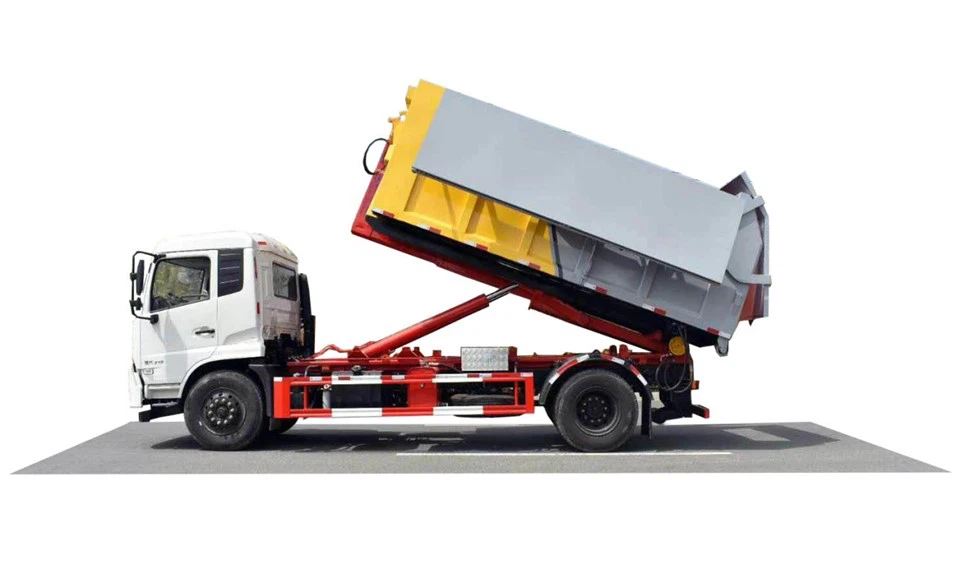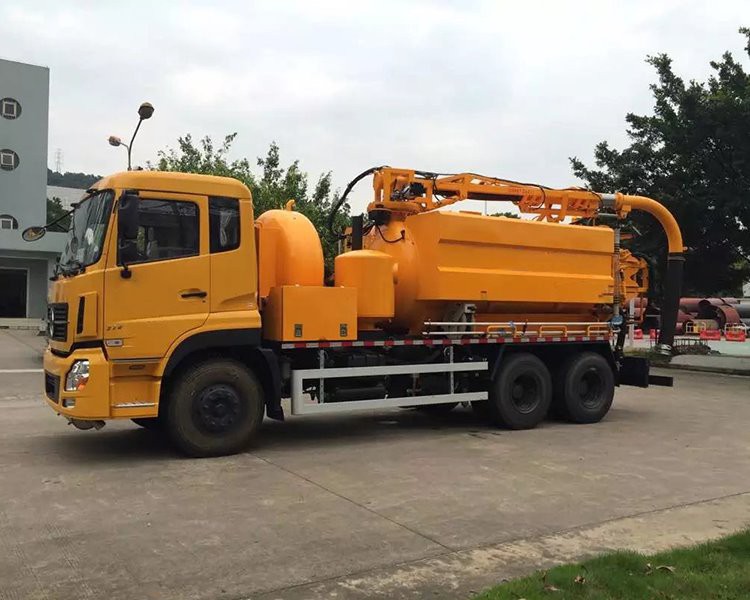Understanding 25 Tons: Its Significance and Applications

Introduction
The term “25 tons” often pops up in various contexts—construction, shipping, transportation, and more. Understanding what 25 tons represents and its practical applications is crucial for professionals across numerous industries as well as curious individuals looking to broaden their knowledge about weight measurements. In this article, we will explore the implications of 25 tons, how it translates into different contexts, and its significance in logistics, construction, and more. We’ll also provide practical examples and frequently asked questions to thoroughly demystify this measurement.
What Does 25 Tons Mean?
Tons are a unit of weight commonly used to measure large quantities, especially when dealing with heavy machinery, cargo, or construction materials. One ton is equivalent to 2,000 pounds in the U.S. customary system, while in many other countries (including the UK), a ton can refer to a metric ton, which equals approximately 2,204.62 pounds. Therefore, 25 tons translates to:
- 25 U.S. tons = 50,000 pounds
- 25 metric tons ≈ 55,116 pounds

Applications of 25 Tons in Various Industries
Construction Industry
In the construction industry, heavy machinery often weighs in at 25 tons or more. Excavators, cranes, and loaders are vital for large projects. Here’s how 25 tons is significant in construction:
- Excavators: Large excavators may weigh around 25 tons and are essential for digging foundations.
- Crane Lifting Capacity: Cranes need to handle loads around this weight for lifting steel beams or prefabricated concrete elements.
Shipping and Freight Logistics
The shipping industry also frequently utilizes ton measurements. A container ship can carry multiple containers, each weighing up to 25 tons. Understanding this measurement is crucial for:
- Container Specifications: Knowledge about how much weight a container can carry helps in optimal loading.
- Weight Restrictions: Ensuring the weight of cargo does not exceed local regulations prevents legal issues.
Transportation and Vehicles
Many commercial vehicles, such as dump trucks and flatbeds, locally operate with payload capacities around 25 tons. Here’s why this weight is impactful:
- Efficiency in Operations: Vehicles designed to transport 25 tons allow for effective delivery of goods.
- Fuel Consumption: Understanding the weight helps in calculating fuel needs and costs.
Manufacturing
In manufacturing, understanding load capacities and weights helps in machinery operation and production lines. For example:
- Machine Specs: Equipment may need to handle 25 tons in output or processing.
- Material Transport: Forklifts and conveyors must be rated for the weights they handle, often in multiples of 25 tons.
Calculating Costs Based on 25 Tons
Shipping Costs
The cost to transport goods based on weight is a critical aspect of the logistics industry. Here’s how to calculate shipping costs for a weight of 25 tons:
| Transport Method | Cost per Ton | Total Cost for 25 Tons |
|---|---|---|
| Truck | $150 | $3,750 |
| Train | $100 | $2,500 |
| Ship | $80 | $2,000 |
Construction Costs
For construction projects, the cost of materials can also be calculated using the weight of 25 tons. The following example provides a rough estimate:
- Steel Beams: If the cost is $1,200 per ton, then for 25 tons, the total cost would be $30,000.
- Concrete: Assuming concrete costs $100 per ton, the total for 25 tons amounts to $2,500.
Practical Examples of 25 Tons in Real Life
Real-Life Scenarios
Several real-life scenarios can help illustrate how 25 tons is a significant weight for operations:
- Heavy Equipment Rental: A construction company may rent a 25-ton excavator for a month, impacting budgeting and project plans.
- Infrastructure Projects: Roads or bridges being built might account for the weight of materials as well as construction vehicles, needing precise load calculations.
Safety Regulations
Many industries have safety regulations pertaining to heavy loads. For vehicles transporting 25 tons, important regulations may include:
- Weight restrictions on certain roads or bridges.
- Mandatory permits for transport vehicles exceeding specific weights.
Tips for Managing 25 Tons in Your Operations
1. Regular Inspection of Equipment
Ensure that all machinery carrying or moving 25 tons is regularly inspected to meet safety standards.

2. Staff Training
Invest in training your team on proper handling and safety protocols regarding heavy weights.
3. Use Technology
Implement software systems for tracking weight limits and ensuring compliance at all levels of operation.
4. Plan Logistics Carefully
Develop a solid logistics plan that accounts for the transportation of heavy loads, considering vehicle capacity and regulatory requirements.
Frequently Asked Questions

What is the difference between a metric ton and a US ton?
A metric ton is equal to 1,000 kilograms (approximately 2,204.62 pounds), whereas a US ton (also known as a short ton) is equal to 2,000 pounds.
How much is 25 tons in kilograms?
25 tons is approximately 22,680 kilograms (since 1 ton equals 1,000 kilograms).
What types of vehicles typically carry 25 tons?
Vehicles such as dump trucks, flatbed trucks, and heavy-duty trailers are usually designed to carry loads around that weight.
Are there any regulations I should be aware of for transporting 25 tons?
Yes, many regions have weight limits for vehicles on roads and bridges, and proper permits may be needed for overloaded vehicles.
How can I calculate the cost of transporting 25 tons?
The cost can be calculated by multiplying the cost per ton by 25. Different modes of transport will have different rates.
What is the maximum load for a construction crane weighing 25 tons?
The maximum load can vary based on the crane’s specifications; however, typically, it cannot lift loads greater than its rated capacity, which generally starts at 25 tons for specialized cranes.
